-
![2-[2-(3-methoxyphenyl)ethyl]phenol CAS:167145-13-3](https://cdn.globalso.com/xindaobiotech/YMR4N0CXS3__VGFOZG29.png)
2-[2-(3-methoxyphenyl)ethyl]phenol CAS:167145-13-3
2-[2-(3-methoxyphenyl)ethyl]phenol is a chemical compound utilized in organic synthesis and pharmaceutical research. Its structure comprises a phenol group linked to a 2-(3-methoxyphenyl)ethyl moiety, rendering it instrumental in various synthetic pursuits.
-
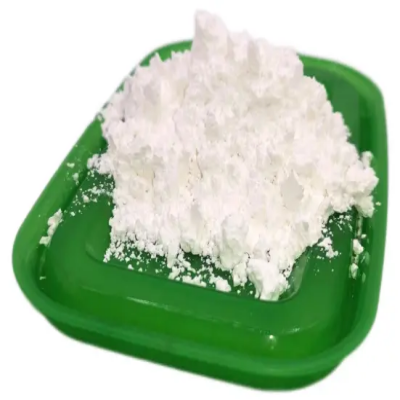
1,4-Benzodioxan-6-ylmethylketone CAS:2879-20-1
1,4-Benzodioxan-6-ylmethylketone, also known as piperonyl methyl ketone or PMK, is an organic compound with the chemical formula C10H10O3. It is commonly used as a precursor in the illicit synthesis of methylenedioxyphenethylamines (MDxx) such as MDMA (ecstasy). Due to its potential for misuse in drug production, it is a controlled substance in many countries and its sale and distribution are strictly regulated.
-

(S)-2-(Aminomethyl)-1-ethylpyrrolidine CAS:22795-99-9
(S) -2-(Aminomethyl)-1-ethylpyrrolidine is a chiral compound utilized in organic synthesis and pharmaceutical research. Its composition features a pyrrolidine ring linked to an ethyl group and an aminomethyl moiety, rendering it instrumental in diverse synthetic endeavors.
-
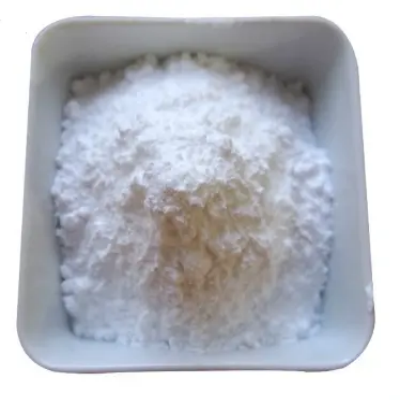
Aceticacid(2-Methylcyclohexyl)ester CAS:5726-19-2
Aceticacid(2-Methylcyclohexyl)ester is a chemical compound used in organic synthesis and industrial applications. It consists of an acetic acid ester with a 2-methylcyclohexyl group, making it valuable for various synthetic processes.
-
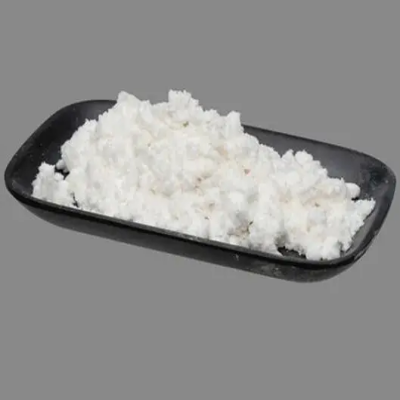
2-Aminoethanesulphonamidemonohydrochloride CAS:89756-60-5
2-Aminoethanesulphonamidemonohydrochloride, also known as taurine hydrochloride, is a chemical compound derived from the amino acid taurine. It exists as a stable crystalline solid and is commonly used in pharmaceutical and biochemical applications. Taurine hydrochloride has attracted interest due to its role as a potential therapeutic agent and its involvement in various physiological processes within the human body.
-
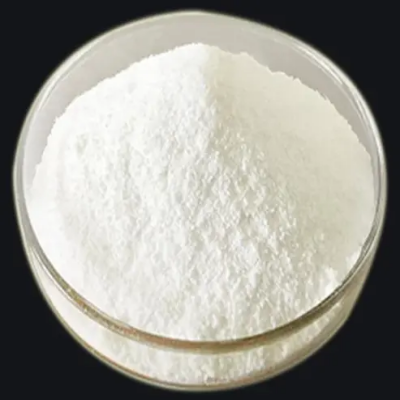
4-bromopyrazole CAS:2075-45-8
4-Bromopyrazole is a chemical compound commonly used in organic synthesis and pharmaceutical research. It consists of a pyrazole ring with a bromine substituent, making it valuable for various synthetic applications.
-
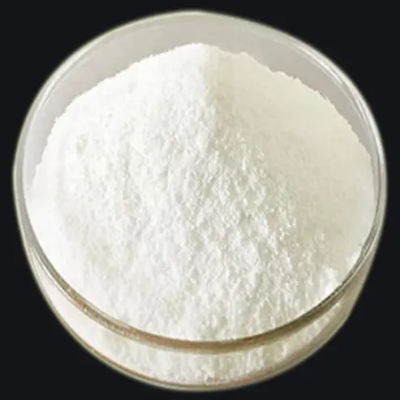
4-Bromo-2-methylthiophene CAS:29421-92-9
4-Bromo-2-methylthiophene is a chemical compound utilized in organic synthesis and pharmaceutical research. It encompasses a thiophene ring with a methyl group and a bromine substituent, rendering it valuable for diverse synthetic applications.
-

2-Ethoxy-4-amino-5-chlorobenzoicacid CAS:108282-38-8
2-Ethoxy-4-amino-5-chlorobenzoic acid is an organic compound featuring an ethoxy group, an amino group, and a chloro group attached to a benzene ring. With the molecular formula C10H12ClNO3, it is widely utilized as a key intermediate in the synthesis of pharmaceuticals and agrochemicals. Additionally, it serves as a valuable building block in organic chemistry research, contributing to the development of new compounds with diverse properties.
-
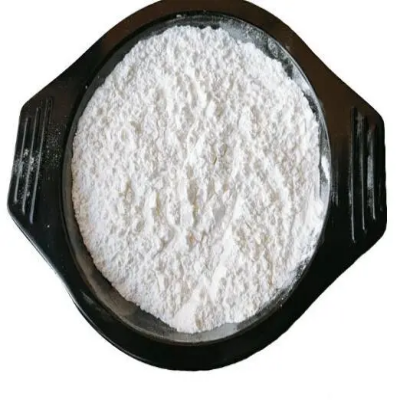
2-BROMO-6-METHOXY-PHENOL CAS:28165-49-3
2-Bromo-6-methoxy-phenol is a chemical compound that belongs to the class of brominated phenols. It is characterized by the presence of a bromo substituent and a methoxy group on a phenolic ring. This compound has garnered interest due to its potential reactivity in organic synthesis and its role as a building block for the preparation of various aromatic compounds.
-
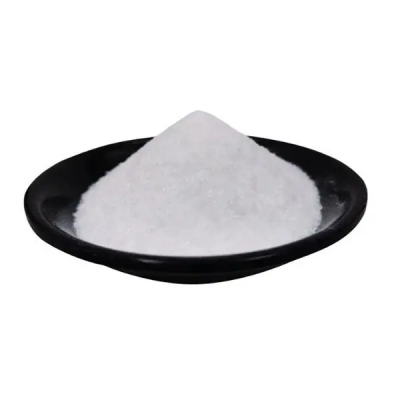
4-Bromo-1-methylpyrazole CAS:15803-02-8
4-Bromo-1-methylpyrazole is a chemical compound utilized in organic synthesis and research. It possesses a pyrazole ring with a methyl group and a bromine substituent, making it valuable for various synthetic applications.
-
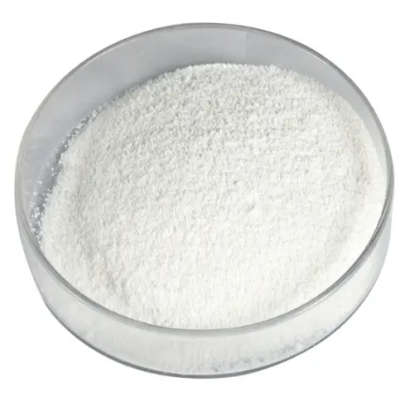
Methylmalonylchloride CAS:37517-81-0
Methylmalonyl chloride, also known as methylpropanedioyl dichloride, is a chemical compound featuring a carboxylic acid chloride group attached to a methylmalonate backbone. This compound is recognized for its reactivity and potential applications in organic synthesis, pharmaceutical research, and material science.
-

Methyl2,3-dichloropropionate CAS:3674-9-7
Methyl 2,3-dichloropropionate is a chemical compound characterized by the presence of two chlorine atoms on a propionate backbone. This compound has garnered interest due to its potential applications in organic synthesis, agrochemicals, and pharmaceutical research, owing to its distinct chemical properties and reactivity.

